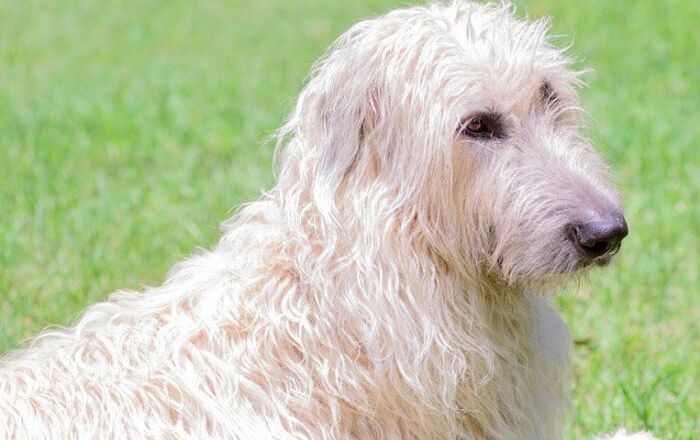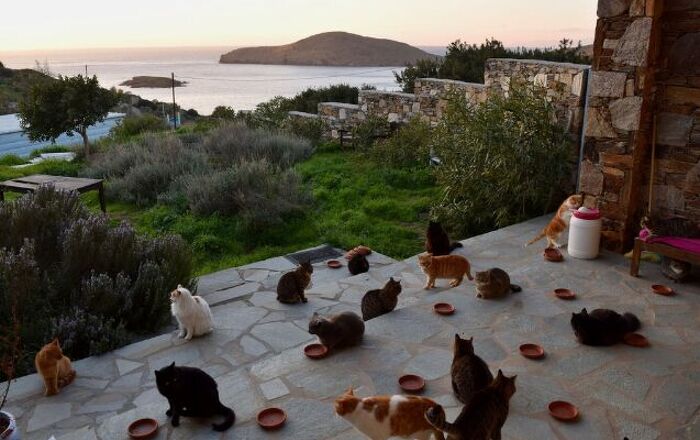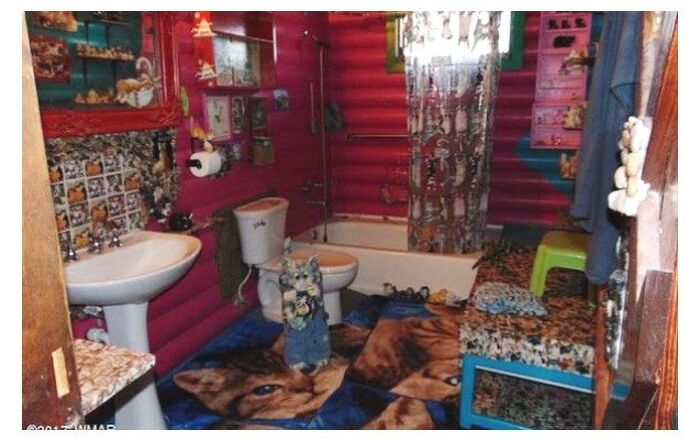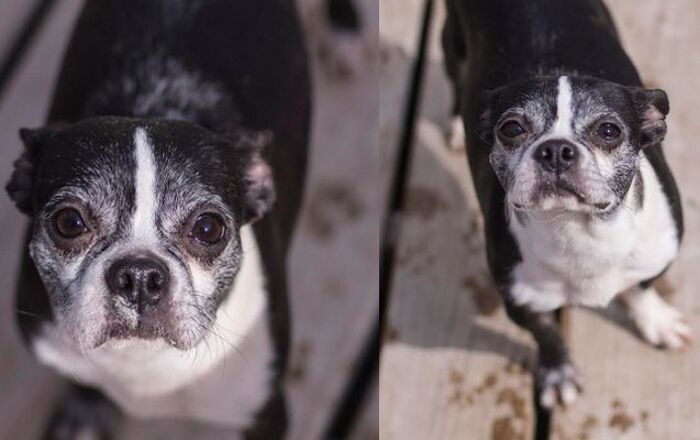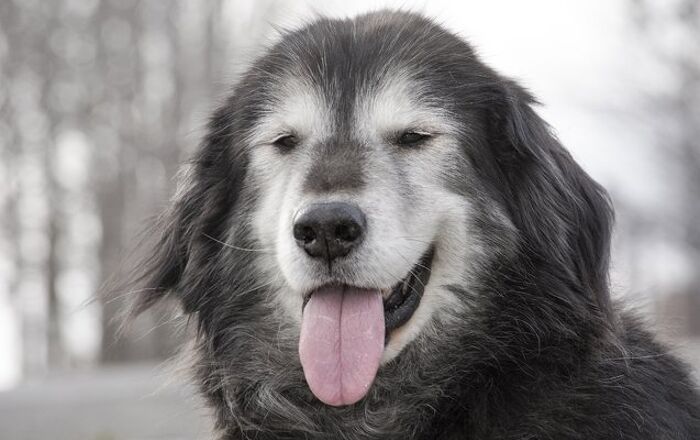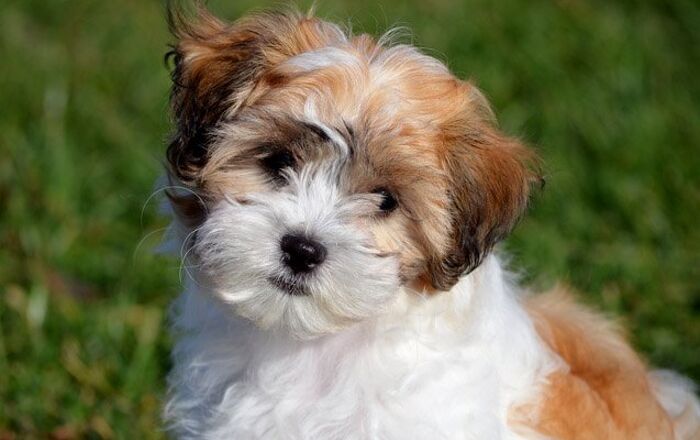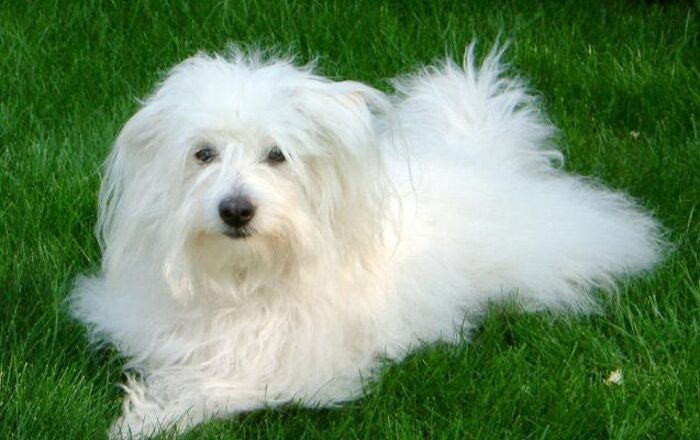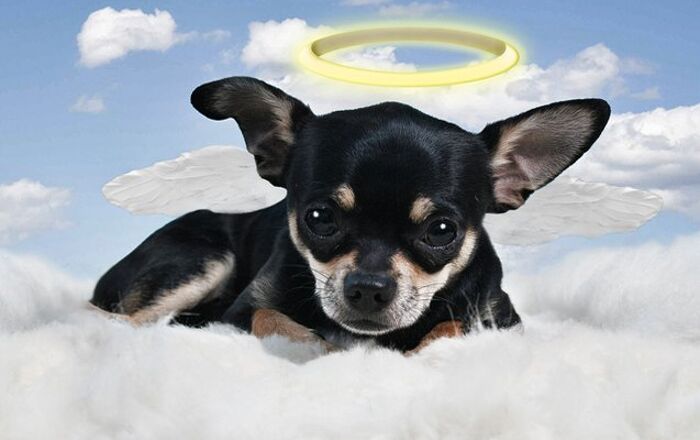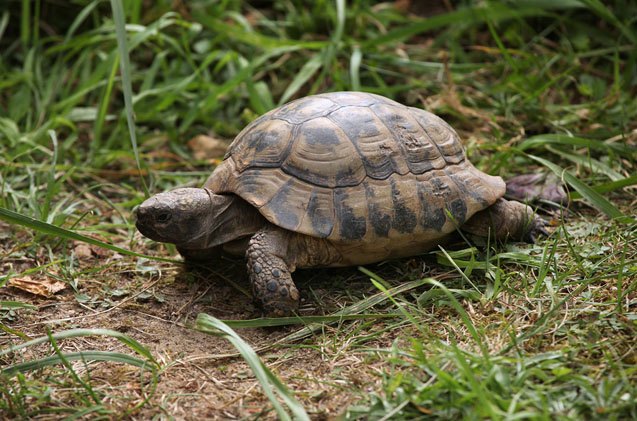
Russian Tortoise General Info
Also known as the Steppe Tortoise, the Afghan Tortoise, and the Horsfield’s Tortoise, the Russian Tortoise is one of the most popular pet tortoise breeds.
If you want to bring one of these tortoises into your family, make sure that the animal has been bred in captivity rather than taken from the wild. Those that have hatched in captivity are more accustomed to people, and imported wild tortoises tend to have health problems, such as parasites, as well as difficulty acclimating to life in captivity.
The Russian Tortoise is one of the most popular pet tortoise breeds.
Native Habitat
Russian Tortoises are found in dry, desert environments throughout Iran, Afghanistan, Kazakhstan, Uzbekistan, China, Russia, and Pakistan. They prefer areas that have cold winters and dry, hot summers, and they are typically found in hilly or rocky areas that are located in close proximity to springs where vegetation and grass are abundant. They do burrow, so their habitat will also provide areas where they can dig, or they will modify animal burrows that have been abandoned.
Overall Description
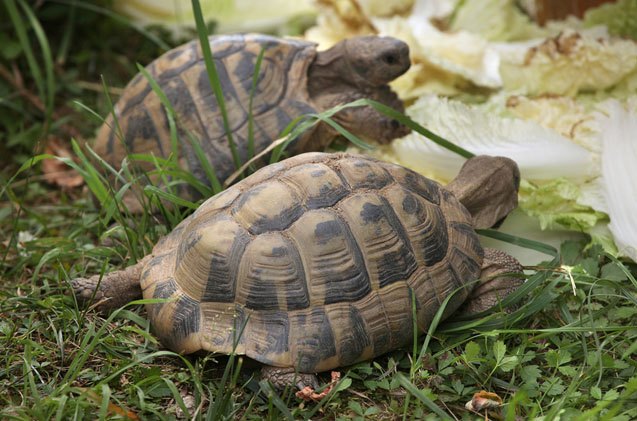
The small Russian Tortoise can be described as stocky in appearance. You will notice a rounded and oval carapace, along with a rigid plastron that does not have a movable hinge.
These tortoises also feature four claws on each foot instead of the usual three. The tail also showcases a terminal claw. Males have longer tails than females.
Colors
The Russian Tortoise can feature a range of beautiful colors. These animals can be almost black to bright yellow, but most of them will be anywhere from brown to olive.
The carapace is usually olive brown to green in color, and it will feature dark patches of color as well. The legs and the head will typically be a yellowish brown hue.
The Russian Tortoise can feature a range of beautiful colors.
Environment
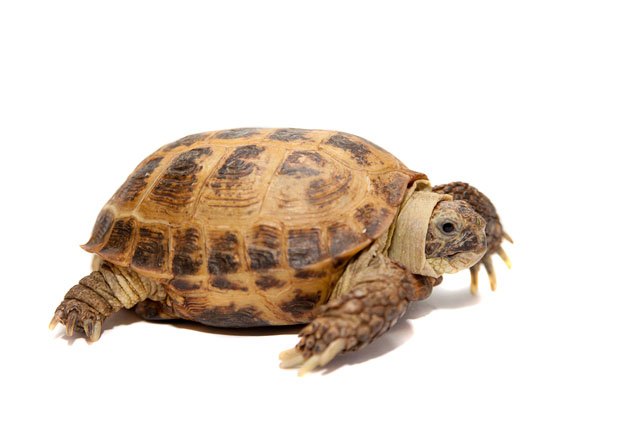
A single Russian Tortoise should be provided with an enclosure that is a minimum of 2’x4’. You can use soil or sand as the substrate, making certain that it is deep enough for your pet to burrow. The enclosure should not be see-through, as your tortoise will try to get to the other side of the glass. Also be sure that the enclosure is secure, as these tortoises can escape by digging.
Provide your tortoise with a dry area to escape wet and cold conditions that could result in disease. These animals need a dry, warm environment.
Humidity should be maintained at around 60%, and a basking area should be created where the temperature will be anywhere from 90-95°F. The rest of the enclosure should be in the low 70s Fahrenheit. Nighttime temperatures should drop down into the 60s Fahrenheit.
Also provide your pet with a shallow dish of clean water at all times. Your tortoise should be able to drink the water, as well as soak in it. You should also give him a place to hide, such as a box, and this should be placed on the cooler end of the enclosure.
Unless your tortoise is in an outdoor enclosure that exposes him to natural sunlight, you will need to set up a full-spectrum fluorescent bulb that will provide UVB rays for around 12 hours a day.
If your tortoise has the room to burrow and it gets too cold, he will hibernate in the winter. But if he is in an indoor enclosure and temperatures are kept stable all year round, he will not feel the need to hibernate.
Care Requirements
You should feed your Russian Tortoise a diet that is low in protein, rich in calcium, and high in fiber. This will ensure that your pet’s digestive tract will function optimally and that he will grow beautifully.
Because these animals are herbivorous, they should not be fed animal protein. Instead, stick with leafy greens, grasses, and hay, and provide a calcium supplement.
A few of the foods that your Russian Tortoise will enjoy munching on include geranium, dandelion flowers and leaves, Bermuda hay, hibiscus, hollyhocks, geranium, timothy hay, romaine, turnip greens, red and green leaf lettuce, mustard greens, escarole, endive, collard greens, spring mix, and kale.
Russian Tortoises are entertaining, friendly, active, and outgoing.
Behavior
Russian Tortoises are entertaining, friendly, active, and outgoing. If you are patient and gentle when handling your tortoise, he can become pleasant and tame, but be aware that handling your tortoise can also stress him out.
It is not advisable to house your Russian Tortoise with other tortoises because there are potential health risks involved, and the behavior and structure of these tortoises makes them incompatible with the majority of other tortoise breeds that are kept as pets. When mixed with other species, these animals can suffer from traumatic injuries. Also, Russian Tortoises are aggressive towards one another, so if you are going to keep a pair, or more than one male, you will have to provide a large enclosure with sightline breaks to keep the males from harming the females or hurting one another.
Photo credit: Marina Jay/Bigstock; wrangel/Bigstock



